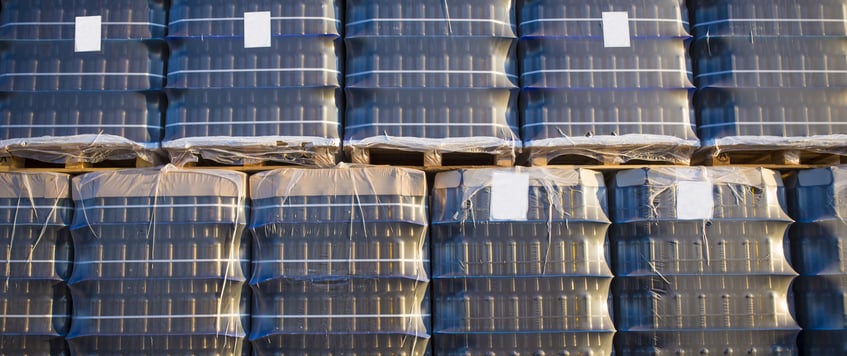
In a previous article, we looked at the change in supplier and customer relationships that have occurred in recent times. Changes in these business partnerships have directly brought about the need to vet the new relationships. In addition, there is an additional consideration that has emerged out of this trend as well: assessing regulations related to specific commodities.
Consider the example of aluminum used for canned foods. As many economies around the world entered into some kind of lockdown to limit non-essential travel, consumers performed their own survival calculus for a potentially extended time spent at home. Many families stocked up on non-perishable goods like canned foods to last through any more severe movement restrictions. As the goods moved off the shelves, inventory dwindled. By mid-2020, there were reports of a shortage of aluminum for canning. In this environment, producers explored new options for sourcing aluminum.
Impact of Trade Remedies
Looking for new supply sources brings not only considerations of vetting the parties involved but also navigating any commodity regulations. For example, aluminum and steel have faced scrutiny in the U.S., and tariffs have been levied in varying ways on numerous origins. The regulations stem from a desire to protect domestic production to support national defense interests. Aluminum for airplanes, and steel for tanks. As a result, there is a mix of regulations on these commodities depending on the origin. Shifting sourcing from Australia to, say, Canada, may bring along additional costs and procedures that increase the cost of goods sold.
These types of trade remedies can add additional cost with a percentage of duties paid. For example, in the U.S. the added duty has been 10-25% additional to pay, depending on the origin of the goods.
Antidumping/Countervailing Duties
Besides the rise of trade remedies, which has been a more recent phenomenon over the last couple of years, there is also the Anti-dumping (ADD) and Countervailing (CVD) duties to assess. Depending on the destination and origin countries involved, ADD/CVD may apply to Aluminum, and many other types of commodities. For example, certain aluminum extrusions from China are levied with anti-dumping duties into Canada.
Anti-dumping duties are targeted at companies selling products at below-market price in the destination country; whereas Countervailing duties are assessed on companies benefitting from a government subsidy in the originating country.
In either case, ADD/CVD duties can double or triple the cost of importing the goods into the destination country. As a result, it’s important to run an ADD/CVD assessment as part of a supply or selling market shift. You can assess the impact at any point in the procurement process. However, the earlier you assess the impact, the more room you’ll leave yourself to shift into different sourcing decisions.
Summary
To recap, as you evaluate the sourcing dynamic of your supply chain, you have to consider several factors that touch on customs and compliance area. It’s not just knowing your suppliers well, it’s also knowing the impact on commodities. In the case of the aluminum, we can see there is the potential for a significant impact on the landed cost of goods.
To understand more about software solutions that can help you assess commodity controls on your goods you can check out this page to learn more, click the banner below for a free demo, or reply with a comment on this page and we will get back to you promptly.




